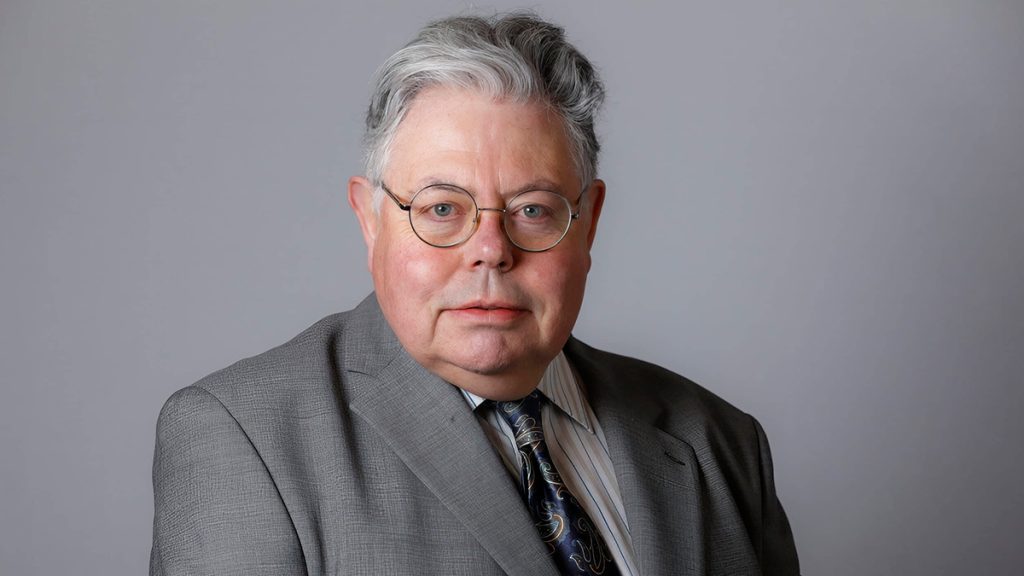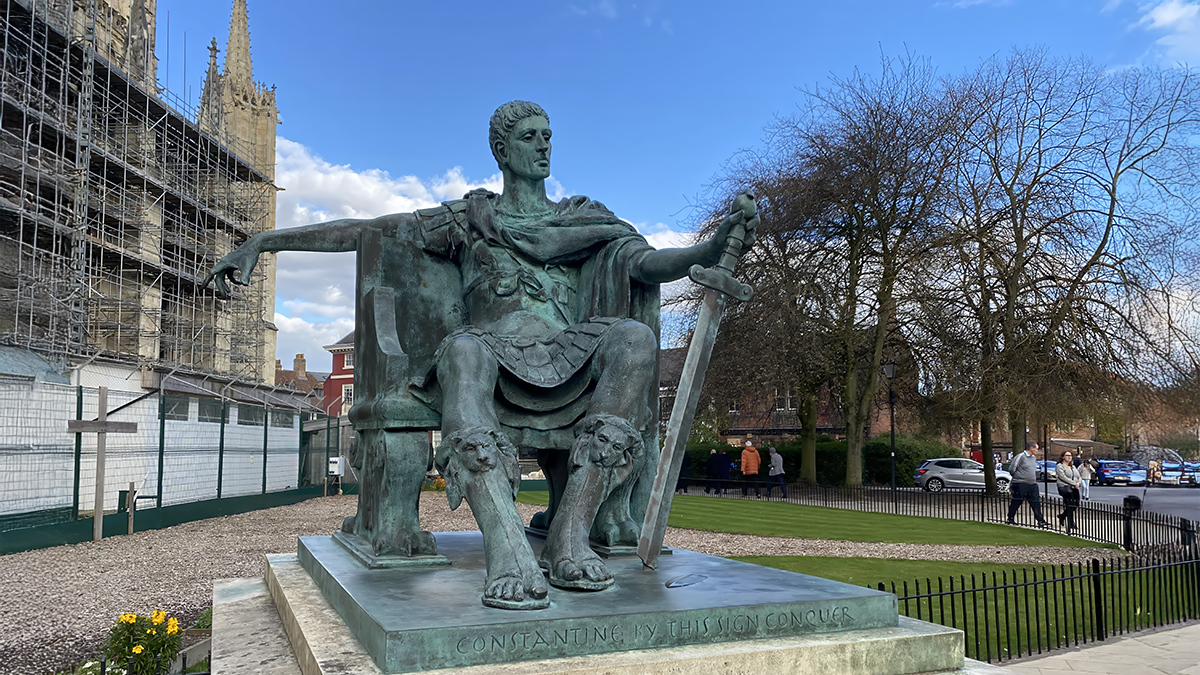The Council of Nicaea was convened in 325 by the Emperor Constantine, which means 2025 is the Council’s seventeenth centenary.
The Council of Nicaea remains most famous for producing much of the creed used in the liturgy, but the need for new statements of the creed is ever present.
If we do not reformulate expressions of faith, the formulae become empty—if solemn sounding—words.
A short creed from Pope Francis
One such reformulation was produced by Pope Francis just a few months after he was elected Bishop of Rome in 2013.
It is short and to the point, and deserves to be better known as a memorial to him.
To believe in the Father who loves all men and women with an infinite love means realizing that “he thereby confers upon them an infinite dignity.”
To believe that the Son of God assumed our human flesh means that each human person has been taken up into the very heart of God.
To believe that Jesus shed his blood for us removes any doubt about the boundless love which ennobles each human being.
Our redemption has a social dimension because “God, in Christ, redeems not only the individual person, but also the social relations existing between people.”
To believe that the Holy Spirit is at work in everyone means realizing that he seeks to penetrate every human situation and all social bonds: “The Holy Spirit can be said to possess an infinite creativity, proper to the divine mind, which knows how to loosen the knots of human affairs, even the most complex and inscrutable.”
Evangelization is meant to cooperate with this liberating work of the Spirit.
The very mystery of the Trinity reminds us that we have been created in the image of that divine communion, and so we cannot achieve fulfilment or salvation purely by our own efforts. (Evangelii Gaudium §178)

Nicene pattern
Like the formula adopted by the bishops at Nicaea, this statement of Pope Francis has the trinitarian shape: Father, Son, Spirit – one God.
Like the fourth-century creed, it is not a statement about a distant potentate “in the sky” but about our life in God who had entered fully into his creation as one of us in the Christ.
Revising the creed for new times
Nicaea’s creed in 325 was not perfect – it needed further work at a council in 381 (Constantinople I), and then clarifications at Ephesus (430) and Chalcedon (451).
In the same way, Francis’s creed is but an “effort” for our time.
Faith in today’s language
2025 has seen a string of memorials to the Council of Nicaea, but the challenge is not recall, but to reformulate our faith in God in ways that speak today in a living language.
How would you formulate a creed?

- Thomas O’Loughlin is a presbyter of the Catholic Diocese of Arundel and Brighton and professor-emeritus of historical theology at the University of Nottingham (UK). His latest book is Discipleship and Society in the Early Churches.
- Flashes of Insight is an international publication. The editorial policy is that spelling reflects the country of origin.
- His latest book is “Shaping the Assembly: How Our Buildings form us in Worship”.

